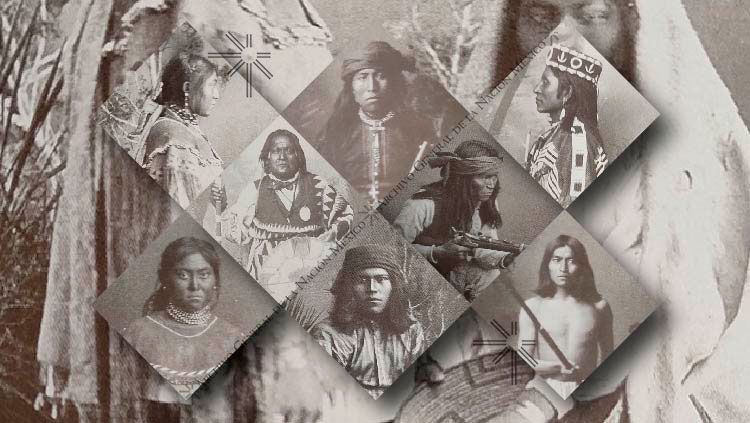The war against the northern indigenous peoples in the first decades of independent Mexico
Since the process of conquest began in the 16th century, there were indigenous groups that maintained an arduous resistance against the advance of white western society, especially in the northern regions.





